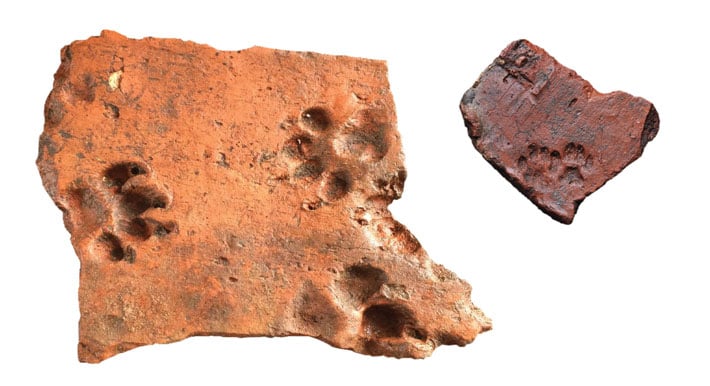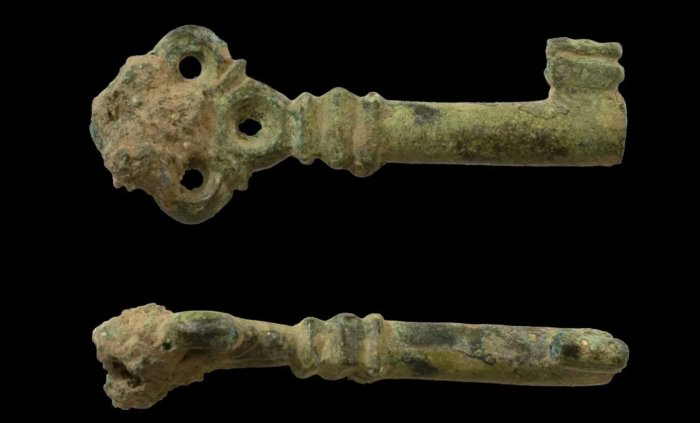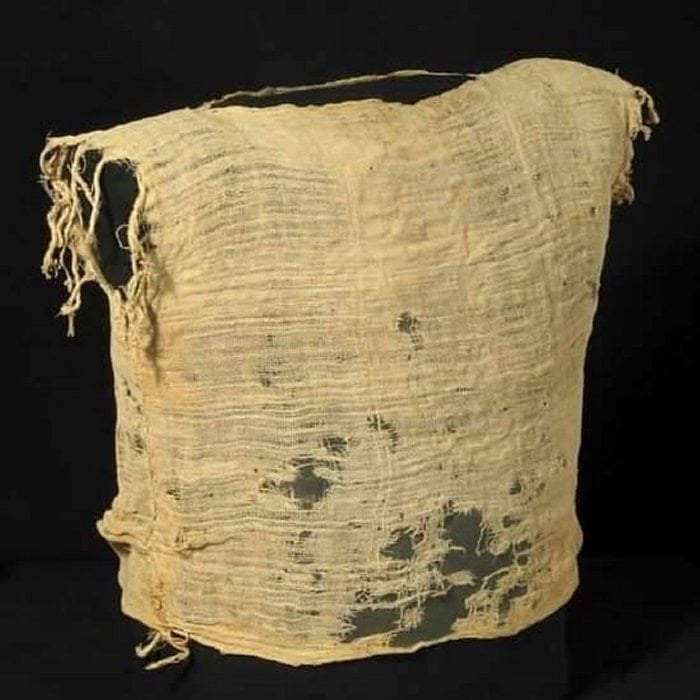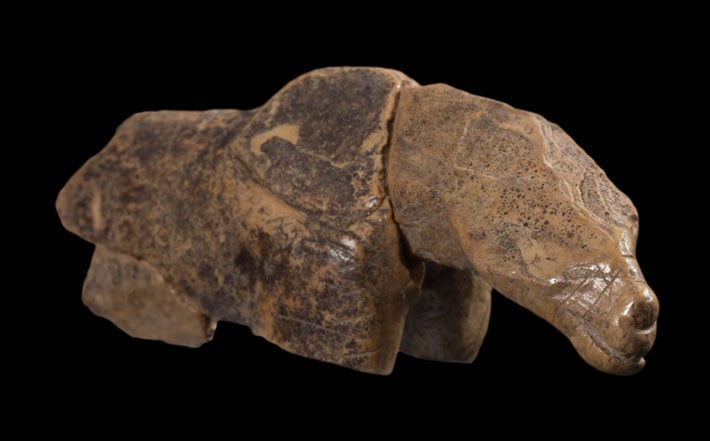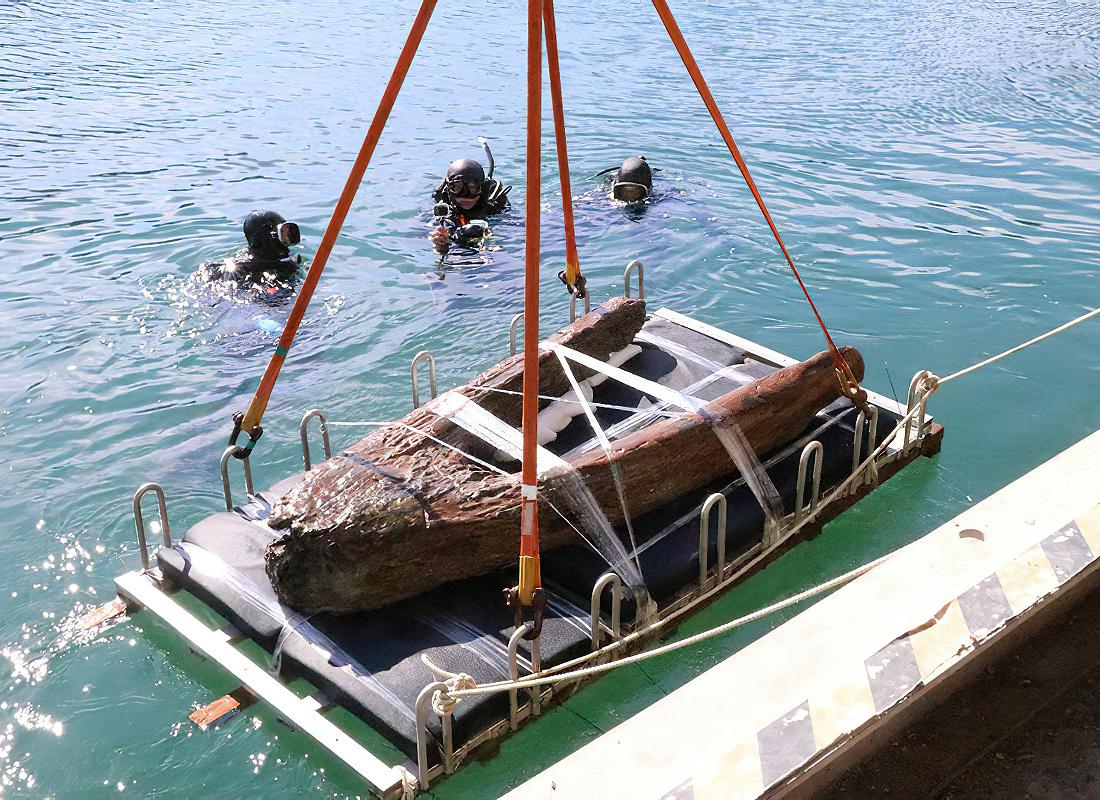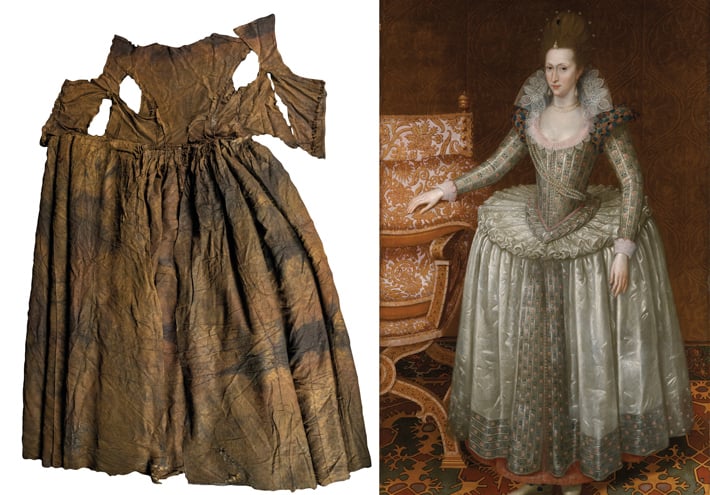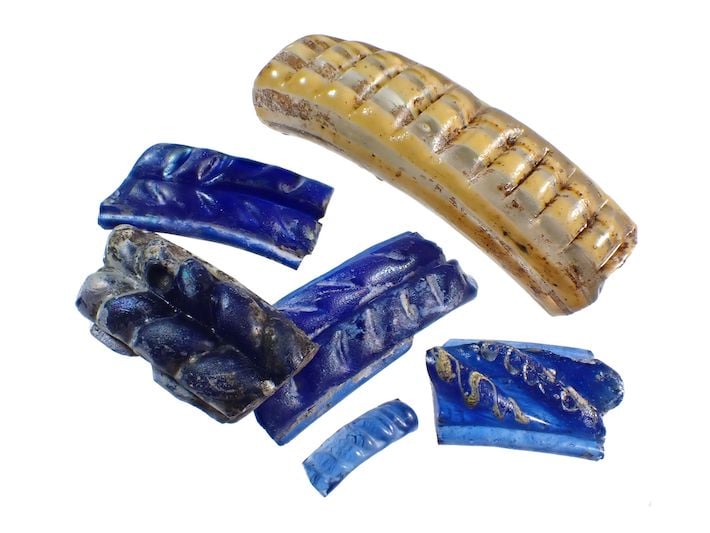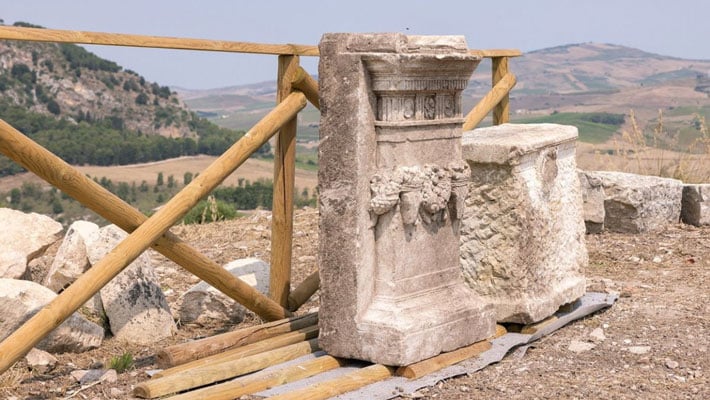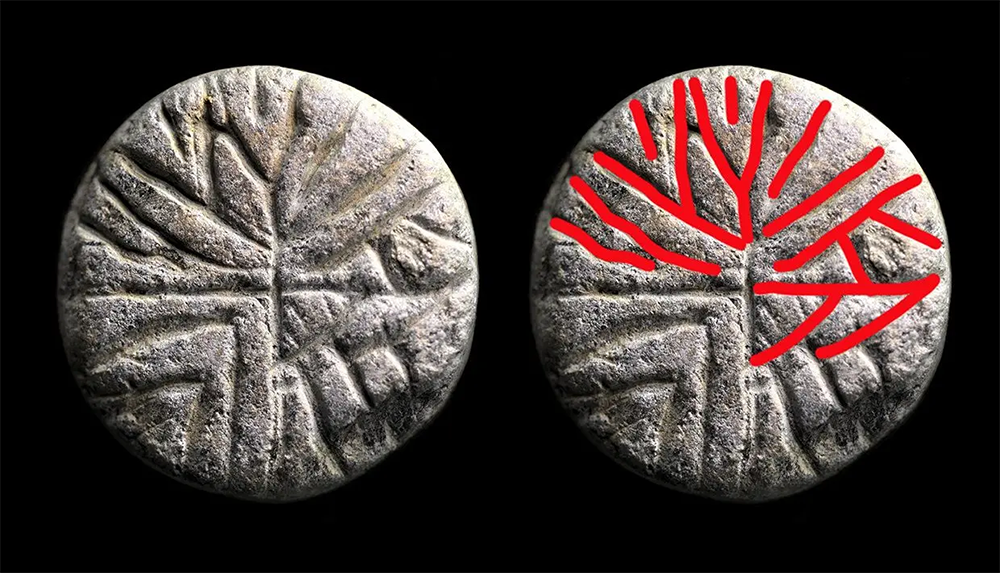artifacts
333 readers
1 users here now
Artifacts is for posting the very best objects, from the very large to the very small, made or shaped by mankind throughout history. These artifacts range from tools and works of arts to archaeological finds, and give us a better sense of life in various moments throughout history.
founded 1 year ago
MODERATORS
26
27
28
29
30
31
32
33
34
35
36
37
38
39
40
41
42
43
45
46
47
48
49
50
